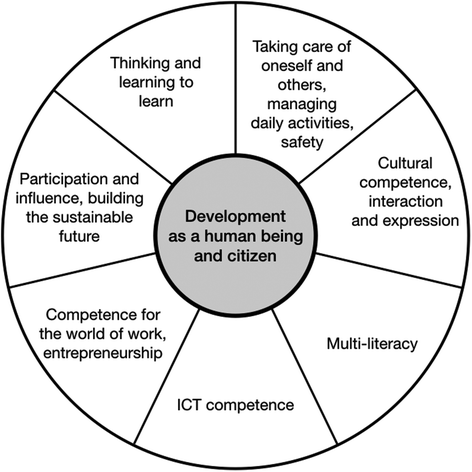Back-to-school around the world: A look at top-performing systems
In one week, students across Canada will be going back to school. They will be meeting their teachers, reuniting with friends, and jumping back into homework and classes. They will also be returning to a school in one of the best education systems in the world.
Canada has been described as an “education superpower” putting us in the ranks with other education high achievers, including Finland and Singapore. Known for our high level of equity, teacher professionalism, and postsecondary attainment, Canada’s education system continues to be one to watch on the global stage.
Given this international status, how does Canada compare to other countries’ education systems? What does back-to-school look like for those students? A closer look into Finland and Singapore’s education systems sheds a light on what school looks like in some of these other high-performing jurisdictions.
Finland: Less is more
By the time Ontario’s students return to school, Finnish students will already have been in school for two weeks. But the earlier start is not the only thing that is different. Having been identified as “the smartest kids in the world”, Finnish children do not start basic education (i.e. primary school) until the age of seven. They are given little homework and spend the first few days at school talking about their summer vacation and engaging in play and team-building exercises.

Figure 1. Competencies in the Finnish national curriculum
The soft start to the school year is not confined to those first few days. The school day begins between 8-9 am and ends in the early afternoon around 1 pm. There is also a lack of emphasis on standardized tests and more of an emphasis on educating the whole child.
While Finnish students are taught core subjects such as mathematics, history, the sciences and the arts, they are also taught skills and competencies that will help them develop as human beings and citizens.
For instance, Finland’s 2016 National Curriculum focuses on areas such as thinking and learning to learn, and taking care of oneself and others to promote both student well-being and preparation for the future.
According to Finnish curriculum documents, the core curriculum describes seven transferable competence areas that “epitomize the aims of education and reflect the competences needed in all spheres of life.” (See Figure 1).
The central aims of the new curriculum, are to develop the school culture and to promote instruction with an integrative approach. The aim is that pupils will understand the relationship and interdependencies between different learning contents; be able to combine the knowledge and skills provided by different subjects to form meaningful wholes[ and be able to adopt and use these in collaborative learning.
Education in Finland
Singapore: Tips from the top
Unlike Canada and Finland, the school year in Singapore starts in January and ends in mid-November with breaks in June and December. By the time students start primary education, they will have learned as least two languages (typically English and either Malay, Tamil, or a Chinese language) as part of their preschool and kindergarten education.
The school day starts before 8am and continues with 30-minute periods and recesses until a little after 1pm. Students in primary school learn core subjects informed by the national curriculum, including mathematics, health, music, physical education. They also have a “Form Teacher Guidance Period” in their timetable which focuses on developing social-emotional competencies, character and citizenship.
The culture around standardized tests is being tested in Singapore. With an overall decrease in focus on high-stakes exams and a shift towards learning development instead of achievement, exams have been removed from years 1 and 2 in primary school. However, the national exam at the end of primary school (year 6) has been conserved, which has implications for further education or career opportunities.
Return to Home Base
In looking at some of the world’s best education systems, there is no one size fits all approach to educating children. From shorter school days to fewer exams, students will be returning to school in a variety of contexts. But there are a few common elements between Finland and Singapore that could be applied to a Canadian context, including a focus on preparing students for the future (i.e. future skills) and developing the whole child.
